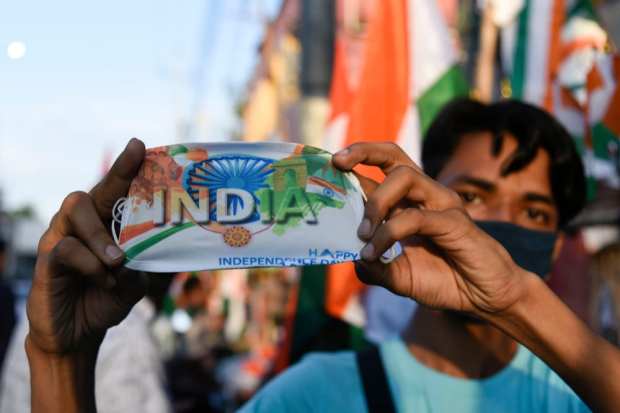India’s GDP Shrinks 24 Pct In Second Quarter

India’s gross domestic product (GDP) fell by 24 percent in the second quarter (Q2) as the pandemic took its toll on the nation’s economy, according to a press release from the Ministry of Statistics & Programme Implementation (MOSPI).
The government agency said shutdowns imposed to prevent the spread of the coronavirus since late March caused the decline, the worst it has been in two dozen years.
“Though the restrictions have been gradually lifted, there has been an impact on the economic activities,” MOSPI said.
The Associated Press estimated 19 million workers have lost their jobs since the 68-day lockdown began in late March, citing think tank Centre for Monitoring Indian Economy.
In May, India announced a $266 billion stimulus package to help taxpayers and businesses. But consumer demand and manufacturing have not improved, the AP reported. While much of the country has seen coronavirus restrictions lifted, the economy is expected to continue to struggle. Parts of the country most impacted by the virus are still under lockdown.
While India’s economy grew by 3 percent in the first quarter (Q1), its slowest pace in at least eight years, the GDP data revealed consumer spending slowed, private investments and exports shrunk in Q1.
India has been tracking GDP since 1996.
The AP reported that economists said Prime Minister Narendra Modi’s 2016 decision to strip the country’s currency of its status as legal tender and a goods and services tax hurt manufacturing.
Earlier this month, sales from auto parts to shampoo declined in India and the lockdowns in the country have exacerbated the problem.
Vivek Kaul, an economist, said people of India have realized the fragility of their situations and acted accordingly. He said economic growth would not return to pre-pandemic levels anytime soon.
Last month, the chairman of the State Bank of India, the country’s largest lender, said the resurgence of the coronavirus jeopardizes reform of the financial system.
“If it were not for COVID, a bank like the State Bank of India would be in a very happy situation,” Rajnish Kumar said. “In the last couple of years, we have done the cleanup, so this is the time when we would have been reaping the fruits of that cleanup. But unfortunately, now we are in another situation.”
India’s financial institutions have been plagued by one of the world’s highest loan default rates. Among the problems is a history of bad lending decisions and poor governance.
